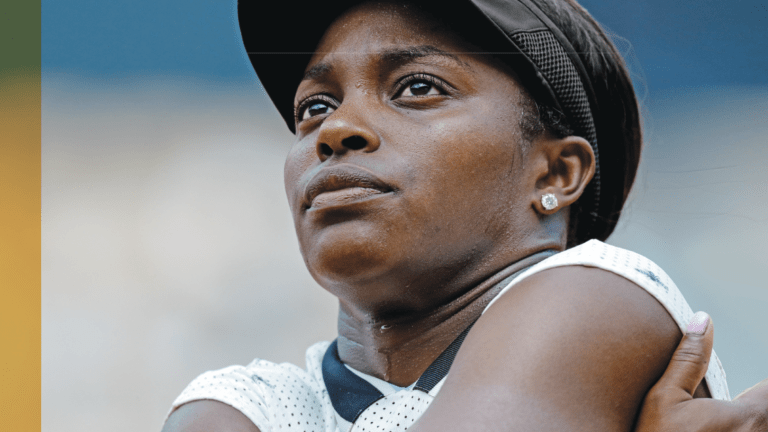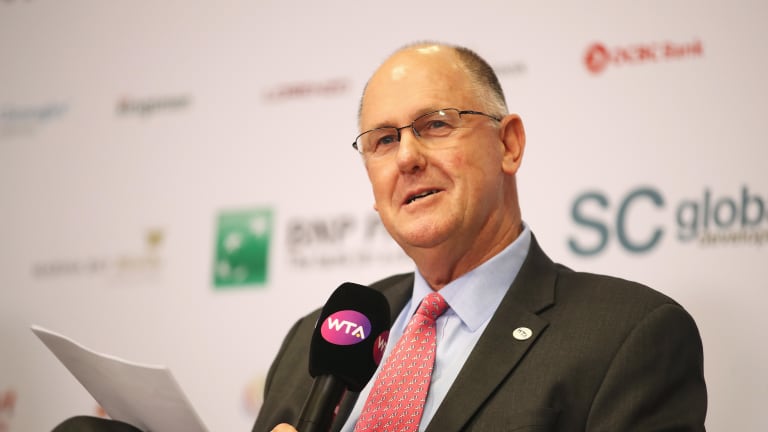The Decade to Come: 2020 Vision
Dec 30, 2019Madrid, Spain
Despite jet lag, Sloane Stephens keeps winning in Madrid with big goals for clay swing
By Apr 24, 2024WTA Charleston, USA
While Victoria Azarenka hit reset, son Leo "really needed" ice cream to see through Townsend win
By Apr 05, 2024WTA Charleston, USA
Miami champ Danielle Collins, Sloane Stephens win first-round matches at Charleston
By Apr 03, 2024Social
Billie Jean King pays a visit to Sesame Street to celebrate International Women's Day
By Mar 09, 2024Three to See
Three to See, Indian Wells Day 2: Osaka vs. Errani, Shapovalov vs. van de Zandschulp, Stephens vs. Sherif
By Mar 07, 2024Social
PHOTOS: Tsitsidosa, Sabadosa, Danish doubles and more fun at the 2024 Eisenhower Cup
By Mar 06, 2024WTA Dubai, UAE
Iga Swiatek solves Sloane Stephens, increases Middle East win streak in Dubai
By Feb 20, 2024Lifestyle
Sloane Stephens’ $30,000 Doc & Glo Scholarship is back during Black History Month
By Feb 17, 2024Social
Sloane Stephens speaks out on viral mid-match Australian Open meal
By Jan 21, 2024The Decade to Come: 2020 Vision
The new members of the WTA council—all 28 and under—mimic a youth movement that has taken place on the court.
Published Dec 30, 2019
Advertising

The Decade to Come: 2020 Vision
Advertising

The Decade to Come: 2020 Vision
© Getty Images
Advertising

The Decade to Come: 2020 Vision
© Getty Images
Advertising

The Decade to Come: 2020 Vision
© 2016 Getty Images